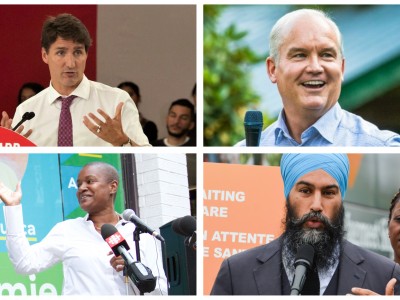
The Liberal Party has managed to keep Peel’s two largest cities red since sweeping all 11 ridings in 2015.
After Sunday’s election call, the Conservatives, NDP and Greens are still trying to find competitors to challenge the eight incumbent Liberals seeking reelection in Brampton and Mississauga. Few have been officially announced.

Tucked behind the G.E. Booth Wastewater Treatment Facility in the southeast corner of Mississauga, a paradise for migrating birds and insects will soon emerge. The Jim Tovey Conservation Area is making progress to bringing the community closer to a natural world cut off by industrialization for decades.
The newly constructed shoreline adds wetlands, meadows and a forest while connecting the waterfront trail to the Lakeview development.
It could be a model for future green projects in the Region.

Mississauga-Streetsville MP Gagan Sikand has been on medical leave since October of last year, leaving constituents with few options for assistance from their federal representative.
On Sunday, hours after Prime Minister Justin Trudeau announced Canadians would be headed to the polls in September, Sikand broke his silence to announce he would not be seeking reelection.

Peel’s sprawling geography and the reputation of Toronto’s vibrant, liberal-spirited downtown have made it hard for LGBTQ+ organizations and businesses to flourish in Brampton and Mississauga.
A range of friendly spaces have come and gone, while many locals have been left frustrated searching for their own sense of community.

With wide-ranging allegations of corruption and fraud to examine, more time has been granted for the third-party investigation into the conduct of senior City staffers and Mayor Patrick Brown, raising questions about why he and his supporters tried to curtail the probe.
Many of the allegations are not new, and some council members raised their own concerns months before a City director came forward publicly with a long list of evidence against the mayor, controversial CAO David Barrick (recruited by Brown) and senior employees since hired by the disgraced former Niagara politician.

Leading climate scientists have made it clear, humanity is at its tipping point.
Human influence has already badly scarred the planet, locking in future warming, sea level rise and the acidification of our oceans for centuries to come.
If humanity wants its way of life to continue, emissions have to be radically curtailed, immediately. The oil industry, banks that underwrite it and politicians have run out of time. Our planet will not survive any more excuses.
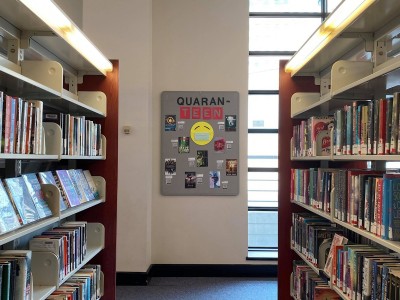
The role of libraries is important in any city. Rows of books and public computers offer unlimited knowledge to residents free of charge, playing a vital role in fostering equality and democracy.
In Mississauga, librarians from a predominantly white organization are tasked with reflecting a mosaic of different identities, cultures and beliefs. They are expected to provide for everyone, elevate underrepresented communities and also supply potentially controversial materials that may stimulate debate.

Federal political parties are working overtime to attract candidates ahead of the anticipated fall election. For Brampton voters, the nomination process is supposed to ensure a pool of local citizens with lengthy experience in the public or private sector, who will effectively advocate for their city, if they make it to Ottawa.
Unfortunately, the crucial process has long been hijacked by backroom politics and money, resulting in inexperienced elected officials who act as little more than puppets for their party.
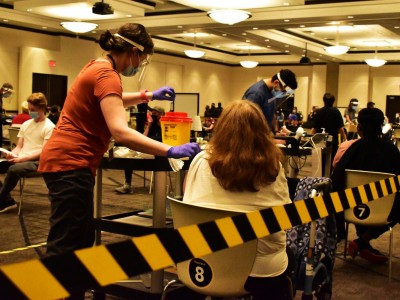
New infections are slowly rising in Ontario. After seeing a dramatic drop thanks to a rise in inoculations, positive cases increased by 131 percent in the past week alone.
Millions desperate for pre-pandemic normalcy think rules need to be lifted, but as other countries have shown, loosening restrictions too fast can prolong the public health emergency and hurt the economy in the long run.

In a region where 74 percent of residents drive themselves to work, electric vehicles are an environmental game-changer. A new global report on the consequences of temperature increase makes it crystal clear that humanity is running out of time.
Local car dealerships say while hybrid sales are healthy, the asking price of much more environmentally friendly electric cars, no longer eligible for a hefty provincial rebate, turns off many buyers.
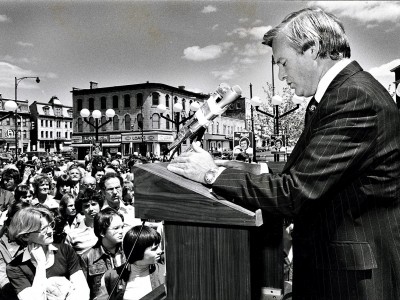
The former premier and the city’s most famous son passed away on the weekend. The Pointer republishes an article from 2019, when he was presented with the key to what will always be his city.
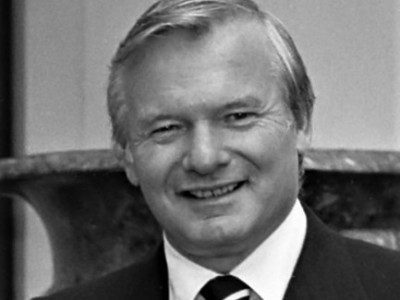
Today’s political scene is riddled with nasty and brutish attack ads and the polarization of positions, which makes many long for a quieter and gentler time when talk was civil and voters churned out leaders like Brampton’s Bill Davis, the old lion of provincial politics, who passed away on the weekend. The Pointer republishes a celebration of this wonderful father, husband and leader, penned to mark his 90th birthday.

When the Olympics come around people are sucked in. The power of pride and the showcasing of our superhuman athletes on the world stage swells us with emotions every four years. A sense of our collective Canadian community, and the potential it draws out, overwhelms many of us.
This year most of ‘our’ medals have been won by women, yet they often don’t get the recognition they deserve outside the games. Three Peel Olympians sat down (virtually) with The Pointer and discussed the equality gap and lack of training facilities in the world of women’s sports.

A recent lawsuit filed against MindGeek, the Canadian parent company of Pornhub, the largest pornographic website in the world, highlights a disturbing number of allegations that, if true, expose just how far the internet has deteriorated due to a lack of regulation.
The cyberworld, unchecked by governments, has allowed predators to connect, share and create a stomach-churning demand for more graphic material and younger victims.

Barber shops, nail salons and spas were closed for a seven-month stretch in Peel. The industry that provides personal care services was one of the hardest hit by COVID. The closures left many business owners scrambling, looking for alternate jobs, while trying to keep their shops from closing for good. It created stress that has deeply impacted a sector so many rely on.
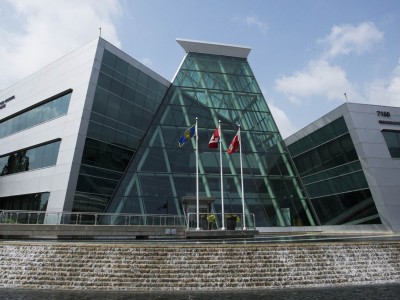
Laura Zilney, the leader of a sexual assault support centre in Peel, has resigned from her advisory role with Peel Police. The force and its chief have levelled serious allegations against her, which she says are “fabrications”.
Minutes of committee meetings show its members, including staff from the Peel District School Board and Peel Children’s Aid Society, have been unable to launch vital equity work.
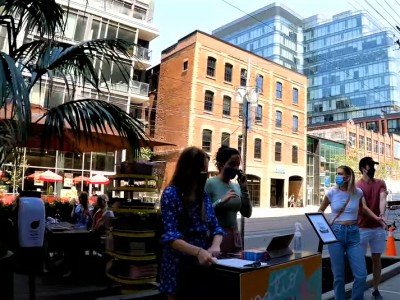
The PC government has offered over $300 million to help frontline healthcare providers clear an overwhelming backlog of surgeries and other medical procedures, but according to the Province’s own financial office, it’s a fraction of what is actually needed.
Meanwhile, the province is staring down a possible fourth wave that could arrive by the fall, exacerbated by a large cohort of unvaccinated children returning to school.
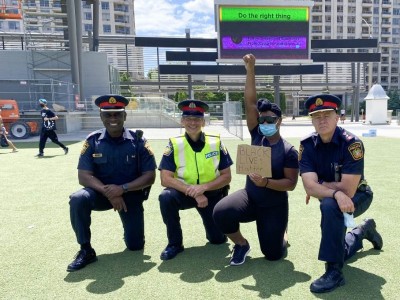
For five years straight, Peel Regional Police’s complement of uniformed officers has remained unreflective of the community the force serves. Barely a quarter of the entire force (including civilian employees) is racialized and women remain poorly represented.
The handful of Indigenous employees and persons with disabilities make up just one percent of the department. But the recent recruit class suggests change is finally happening.
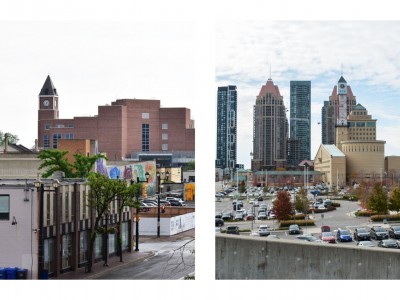
Mississauga and Brampton have struggled to bring culture, vitality and interest to their downtown core. For contrasting reasons, the areas around both city halls have failed to capture the imagination of the public.
Each city features another area better suited for the ‘downtown’ designation. Is it time to admit that investment and energy should be directed elsewhere?
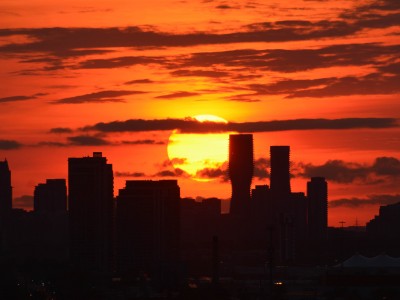
If you think this summer has been unbearable, by the 2050s, Peel will experience temperatures rarely seen in the region, or Canada, before.
It will be part of a blistering trend threatening Mississauga and Brampton that could make summers outside dangerous for some.
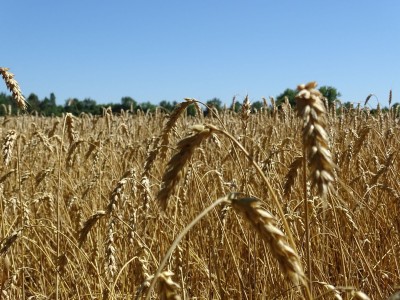
This week, the public was invited to “engage” with provincial engineers and consultants about the GTA West Highway.
Participants were met with a process that did not allow them any visibility and prevented questioning, leaving the public in a vacuum of PC spin about the benefits of environmentally devastating highway planning stuck in the ‘60s.
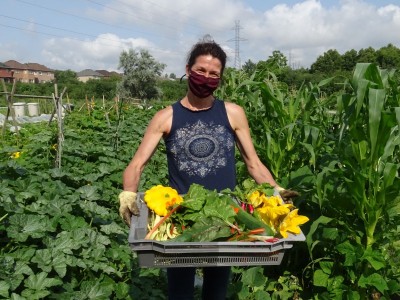
Mississauga is the latest city to experiment with a backyard chicken program.
Brampton’s backyard garden initiative has been a huge success. And more and more urban farming efforts are appealing to a younger generation rethinking our relationship with the land we live on, and the food we eat.
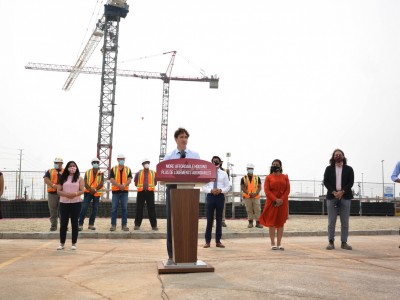
It’s been two years since the minority Liberals have needed the voters in Brampton and Mississauga. As speculation about an upcoming federal election mounts, the party that won all eleven seats in both cities last time around is once again trying to curry favour.
In the process, Prime Minister Justin Trudeau appears to have fudged the numbers on an affordable housing project in Brampton.
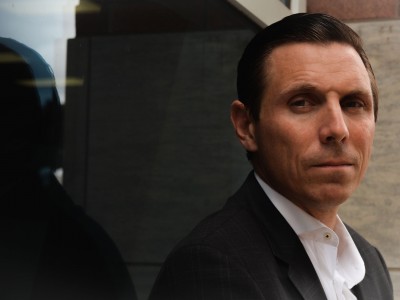
The City of Brampton was forced to reveal the cost of hiring CAO David Barrick and director of strategic communications, Jason Tamming.
After their troubling history in Niagara, Brampton residents were eager to find out how much was spent to hire two individuals with an abysmal track record in the public sector. The Pointer tried for eight months to get answers, before the province’s information commissioner had to be drawn in to obtain details of how the two men were recruited despite their disqualifying behaviour in Niagara.
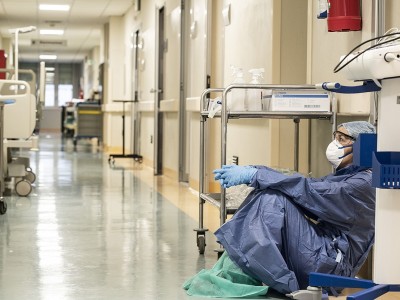
The provincial government estimates the surgical and procedural backlog in Ontario will take nearly four years and more than a billion dollars to fix.
The overwhelming workload is now the responsibility of a frontline medical staff who were reporting alarming levels of compassion fatigue and burn out even before COVID-19 overwhelmed the system.

With the provincial election less than a year away, the PCs have finished promoting all of Peel’s governing MPPs to positions of influence. The region now has four separate cabinet ministers and five parliamentary assistants, roles which could boost reputations ahead of tough fights next year. Whether they have the experience to fulfill their new responsibilities, is another story.

The PCs will have Ontarians believe they are a government that cares about the environment. A number of announcements for “new” protected greenspaces and investments in green infrastructure have been made in recent months.
The reality is, these investments are largely useless in the face of moves by a government doing all it can to undermine environmental legislation and push developer-interests forward at all costs.
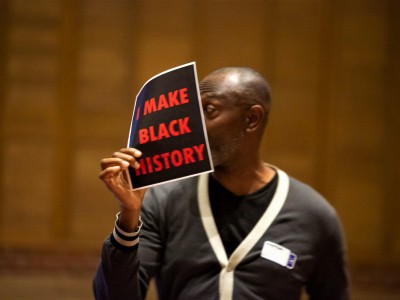
Like COVID-19, optimism about the Peel District School Board has come and gone in waves this year. Community members were buoyed a year ago to see the beleaguered board begin its long journey toward meaningful reform. A series of recent events has left that faith shaken.
Advocates are steeling themselves for more difficult and vital accountability work in the absence of an education director who was brought in to carry out the mandate but is now on her way to Toronto’s public board.
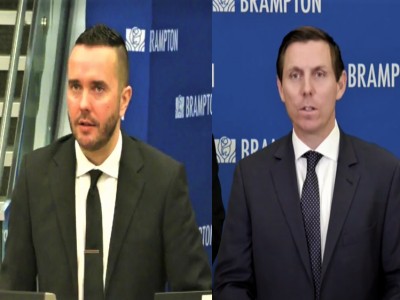
The City of Brampton insists it utilized Feldman Daxon’s services since 2016, prior to Mayor Patrick Brown’s election. But the search firm responsible for recommending David Barrick for the City’s CAO role was first used for that type of hiring in 2019, after the mayor’s office contacted the company.
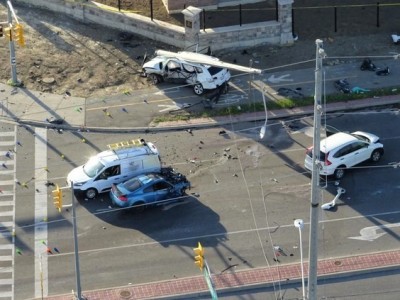
The man responsible for killing a young family in June 2020 is claiming his Charter rights were breached when Peel Regional Police seized and searched his car six days after the fatal collision, revealing drugs were inside, and obtained medical information that allegedly breached his privacy rights.
If the application is successful it could result in damning evidence of impairment being excluded.
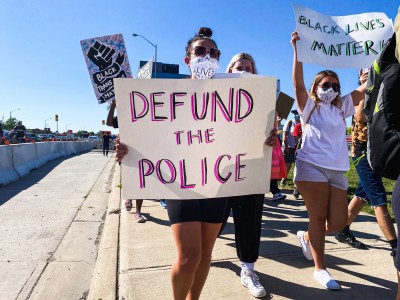
Police leaders in Ontario are asking the provincial government to change discipline rules to give them expanded powers, including suspending officers without pay. Police chiefs say the new rules are important to save money and bring the transparency needed to rebuild faith in police.
Critics disagree and fear the police discipline problem is more deeply embedded. Offering an expanded toolkit to police forces could result in “the boys club” continuing to put itself first.

Pressures from urbanization and our rapidly changing climate are pushing local waterways to the breaking point.
Destruction of pristine green space, warming waters, and damaging pollutants from Peel municipalities are not only compromising the homes of countless species, it’s putting an increased burden on municipal water treatment facilities to ensure what we drink everyday remains safe.

School may have recently finished, but looking to fall has been on the minds of parents and teachers for months. With kids under the age of 12 not eligible for vaccinations, questions are being raised about what has changed since September 2020. New spins on learning models only muddy the waters around further reopenings, and decisions on sending children back into the classroom are being made now, but will parents want to change their minds by September?

The mistreatment of our First Nations’ children in our residential schools is a cross many of our institutions – especially the churches that oversaw them – must bear. This overt racism and criminality falls hard on the Catholic Church which ran the majority of these so-called schools of higher learning. Almost two centuries of cultural and physical genocide has shamed our country and shaken our faith. How do we explain away these crimes against humanity to our children? Now is the time for truth and reconciliation. It is also time for the Catholic Church to decide if it wants to do what its religion's namesake would expect of it.
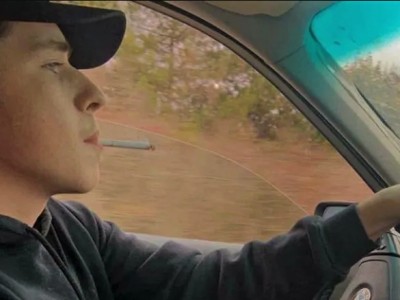
More details are emerging in trial on the state Brady Robertson was in when he slammed into a young Caledon family, killing a mother and her three young daughters in a horrific crash on a Brampton thoroughfare last year. He has pleaded guilty to dangerous driving causing the deaths, but is fighting charges of operating his vehicle while impaired.
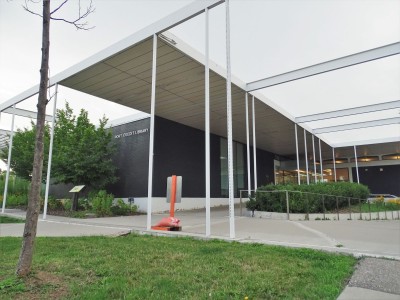
For decades, the neighbourhood of Port Credit has watched its library slowly being swallowed by the wet marshland beneath its foundations.
Its closure serves as a cautionary tale for city builders looking to grow on Mississauga’s remaining brownfields.
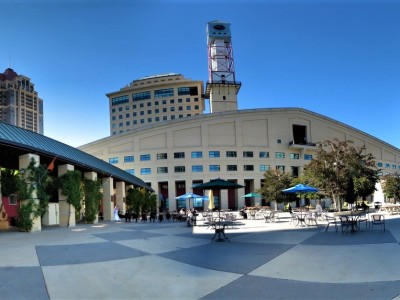
Next year, Mississauga will be $21.6-million lighter as taxation payments from Toronto Pearson Airport dry up due to the huge drop in air travel during the pandemic.
Faced with this financial nightmare, and more than $3.5 billion in unfunded future projects, the City of Mississauga is exploring new ways to raise revenues.
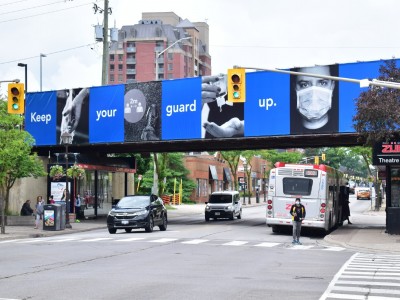
In Peel, COVID-19 has been the number one, number two and number three issue for more than a year.
Finally, there is a sustained sense of optimism. As cases tumble and vaccination rates soar, residents and leaders can tentatively turn their minds to a host of critical priorities to get the region as close to pandemic-proof as possible.

Peel residents were shocked last summer after a violent car crash in Brampton took the lives of a mother and her three children.
The man at the centre of the investigation has now pleaded guilty to four of the nine charges in relation to the incident and a separate crash that took place just two days earlier.

The number of people who need shelter in Peel and are experiencing homelessness is rising rapidly and without support the financial burden falls on the Region.
There were more than 22,400 households on Peel’s centralized housing waitlist at the end of 2020, a 50 percent increase from the previous year. Rethinking the way people access assistance could help a badly stressed system.
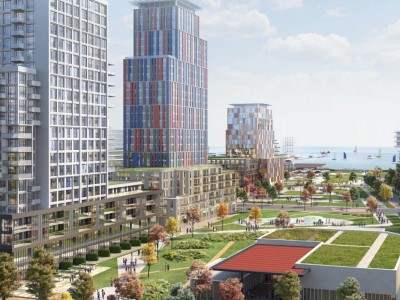
Lakeview Community Partners have withdrawn a request for taxpayers to subsidize its plans for district energy and vacuum waste, but submitted a minimal affordable housing plan for the luxury development instead.
As it stands, the multi-billion dollar development will do little to move the needle on Peel’s ongoing affordable housing crisis.
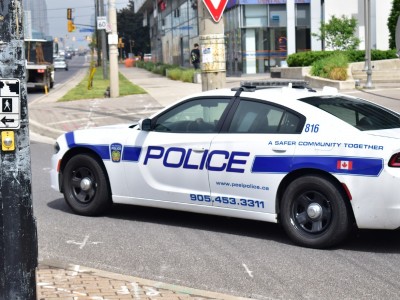
A 24-year-old Brampton man and Peel Regional Police cadet has been charged in connection to a series of alleged domestic assaults. However, when the force announced his charges to the public and media, it omitted his employment with Peel police.
The decision not to identify his role raises concerns around transparency and how an alleged serial abuser was hired by the force.

A Brampton Facebook page claiming to represent a community organization has spent thousands of dollars on political advertising since March.
The group, which appears to share its roots with the right-wing campaign page Ontario Proud, has praised PC MPPs and attacked Justin Trudeau in a series of promoted posts and videos.

One of Peel’s most dedicated and passionate advocates, Kola Iluyomade, has passed away at the age of 56.
His friends, who span several continents and met him throughout his life, describe a father and husband who believed in people’s humanity and wanted to see the world change for the better.
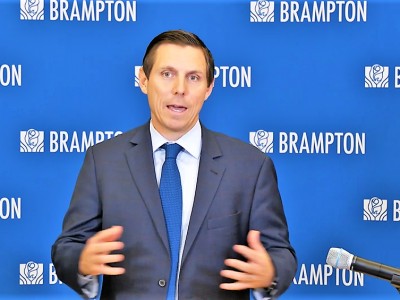
Elected officials in the city are claiming Brampton will soon be getting a new medical school, adding to a growing list of promises to voters ahead of next year’s provincial and municipal elections. In reality, the only thing happening is talks around putting a proposal together. Experience suggests it could be more than two decades before a medical school is actually opened in Brampton, despite claims by Patrick Brown and other politicians.

Almost 70 percent of the City of Mississauga’s total greenhouse gas emissions come from its transit fleet, meaning its climate change targets will live or die by its ability to transition to greener forms of transit.
A pilot project to transition 10 buses to hydrogen power could be a potential solution, if Ottawa steps up with the proper support.

For more than 30 years, the Ontario government has been trying to build a highway south of Lake Simcoe. Many residents say the time has come and gone.
The Doug Ford PC government, just like it did with the GTA West Highway, is forging ahead with a project that will drive a four-lane highway directly through the environmentally sensitive Holland Marsh wetland.

The City of Mississauga is desperately trying to enhance its roads, walkways and bike lane network to make it safer for residents to choose more environmentally friendly modes of transportation.
This can be a difficult task in a city designed for high speed, vehicular traffic, but with the accelerated impacts of climate change, these projects have never been more important.
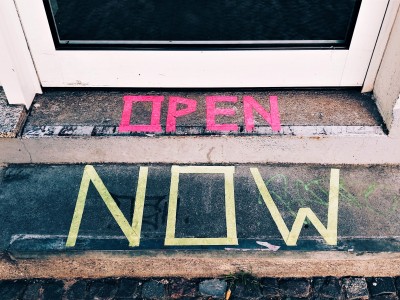
Ontario’s personal care industry has been suffering. Businesses in Peel and Toronto have been hit the hardest, with their doors shuttered since November. Being allowed to finally open has brought a sense of relief, as COVID-19 case numbers continue to plummet thanks to Canada’s remarkable vaccination strategy, but the future for many of these businesses remains unclear.
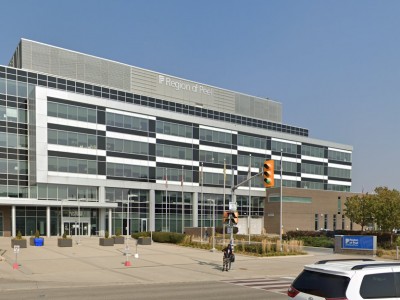
As the dust settles on the last municipal budget season, pushed into chaos by the COVID-19 pandemic, minds are already turning to next year.
Staff at the Region of Peel are working on their 2022 blueprint with concern about new costs from Queen’s Park and Toronto Pearson Airport weighing them down.